
With many families having to stay at home and adjust to new routines in self-isolation, the garden is a valuable space for outdoor activities. It welcomes a perfect opportunity to invest in creating a special haven for the children to enjoy whilst smartening up your home for when it’s time for it to go on the market. We’ve come up with some fun gardening hacks that you can get the whole family involved in.
Start a vegetable patch together
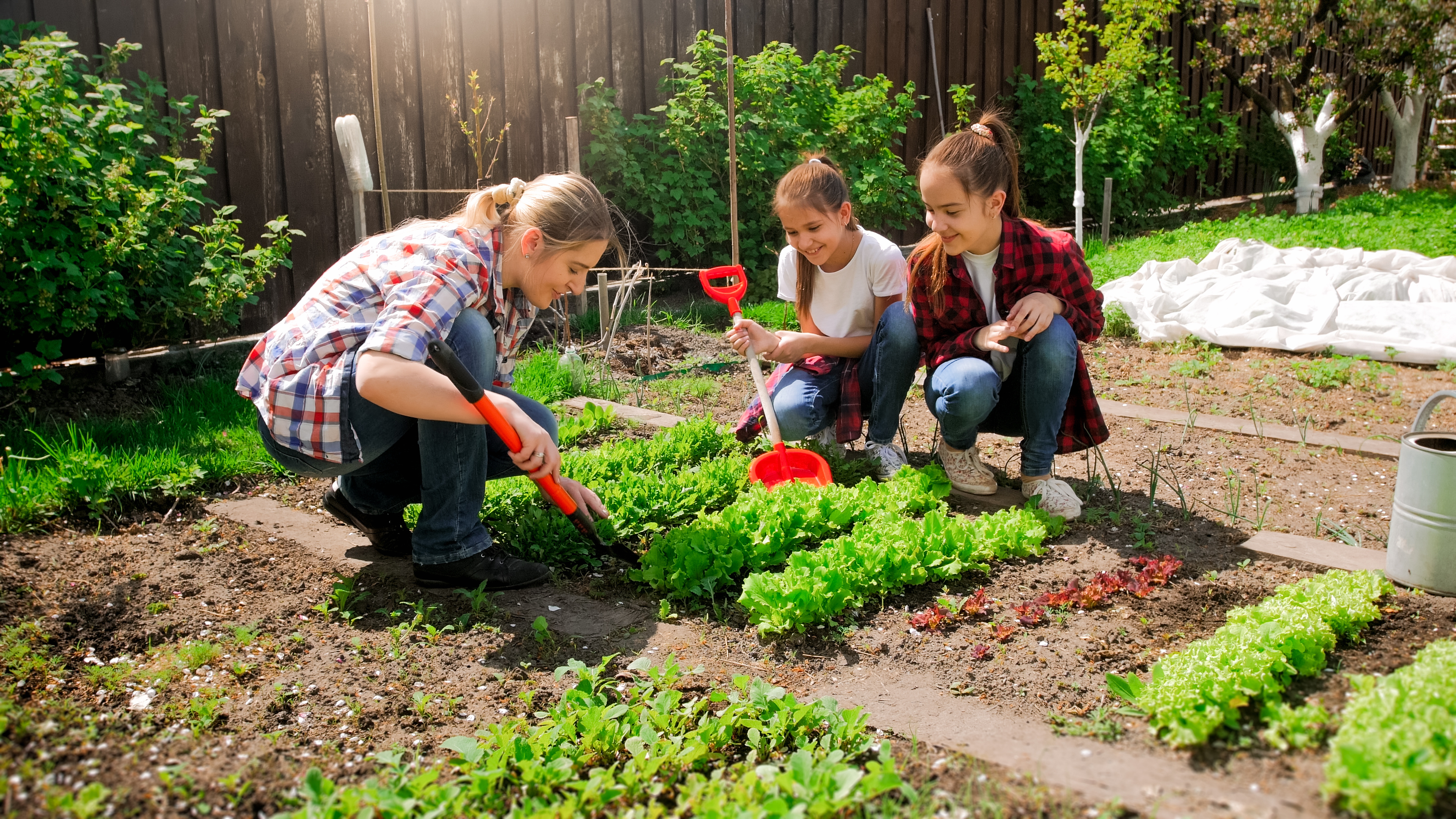
Create a small vegetable garden for the children to tend to and be proud of is a nice project that will keep them busy. They can plant seedlings, do the weeding, keep everything fed and watered and watch the fruits of their labour grow. It may even get the children more excited to eat their vegetables.
Getting Started
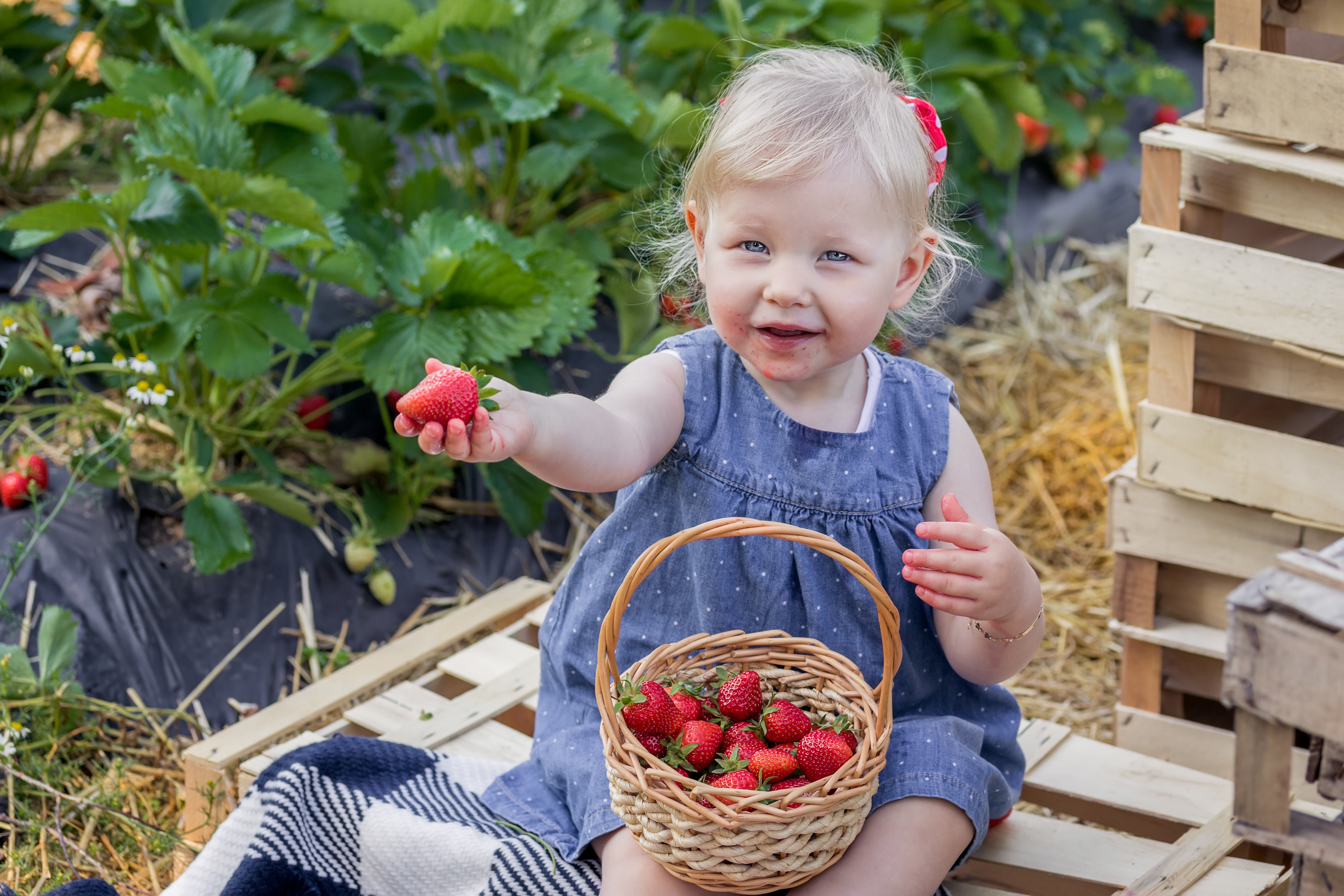
- Strawberries are great to plant in spring and established plants will have fruit by summer. They are very versatile and can be grown in flower boxes or straight in the ground.
- Blackberries and raspberries are loved by birds and will be ready by the end of summer (remember to get thornless ones to make harvesting easier and safer).
- Beetroot can be grown in the ground too and will take 6-12 weeks to grow.
- Sow carrots in spring and they’ll be ready to eat in 12-16 weeks.
Homemade birdfeeders
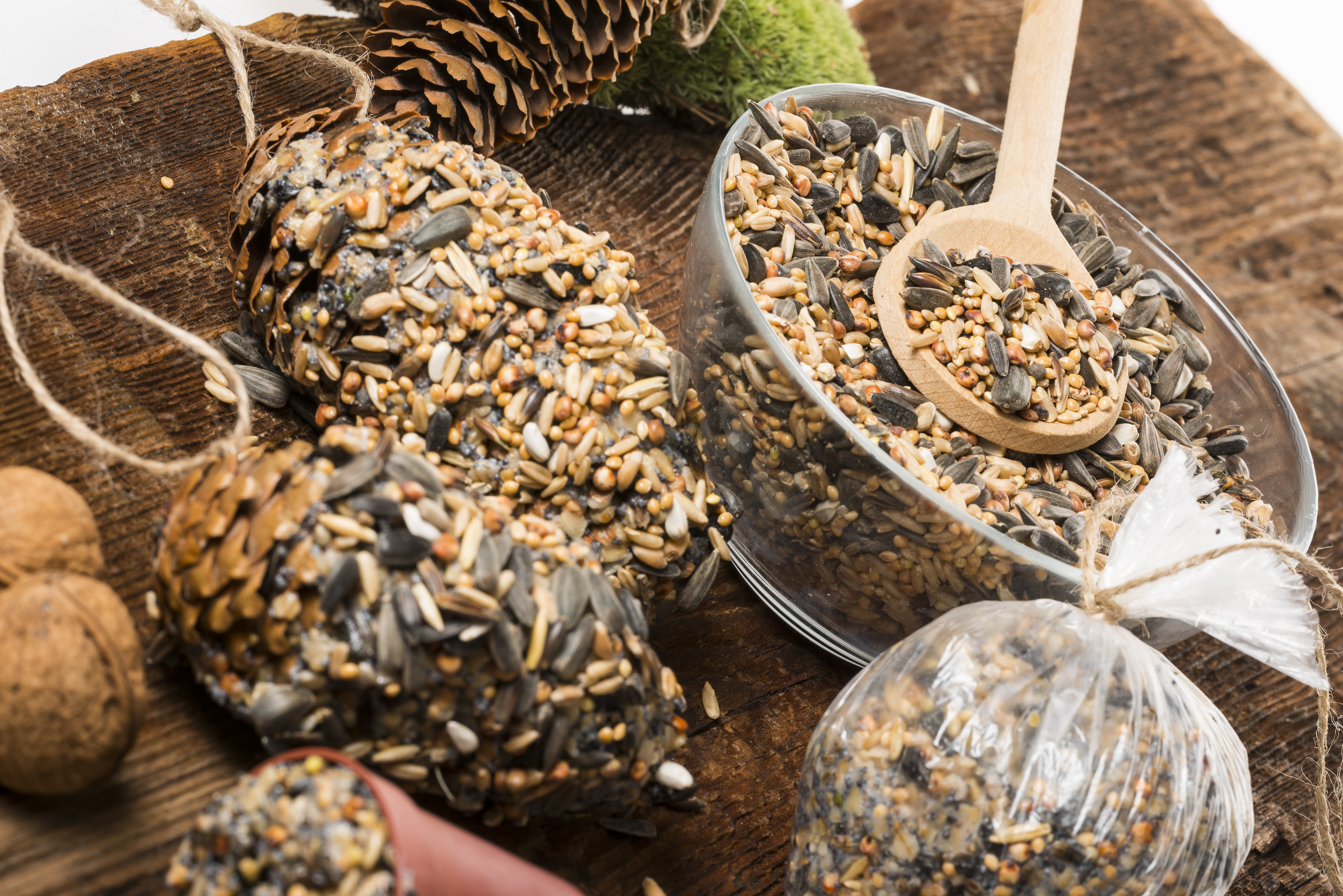
You can easily make birdfeeders at home with equal ratios of shredded suet and mixed bird seed. Heat the shredded suet in a saucepan, then remove it from the heat and combine with the seeds. Add additional types of seeds or shredding of ragwort from the garden if you wish. The mixture can be put into a coconut half on a string, ready for you to tie in a special place for the birds to enjoy in the garden.
Build a natural outdoor play area

Here is a chance to get creative and encourage outdoor activity all summer. Create little chairs out of tree stumps for outdoor tea parties. Plant a flower border together for the children to water and care for. Let the children create a little fairy garden, frog pond or dinosaur adventure garden and decorate it with painted pebbles and signs made from wood.
You could even build a tipi with wooden sticks and grow beans for a fun natural den.
Create a composting area
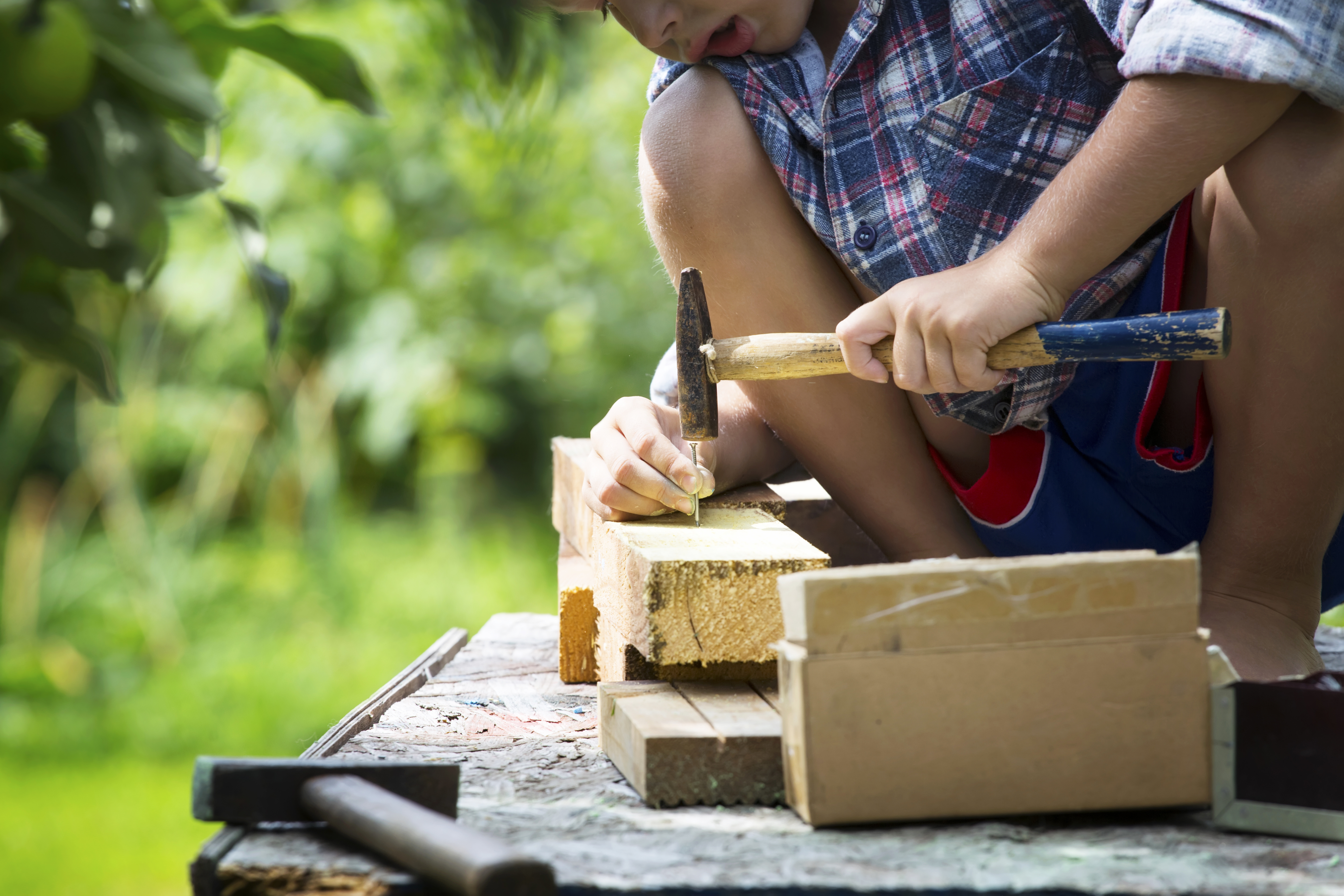
Buy a compost bin or, better yet, start a project with the children and build your own with wood. Having a compost area teaches your children about reducing household waste and being resourceful. It’s an easy way of making a difference and lowering your carbon footprint. The natural compost is perfect for adding sustenance to your vegetable and flower gardens.
Create a flower bed to attract butterflies
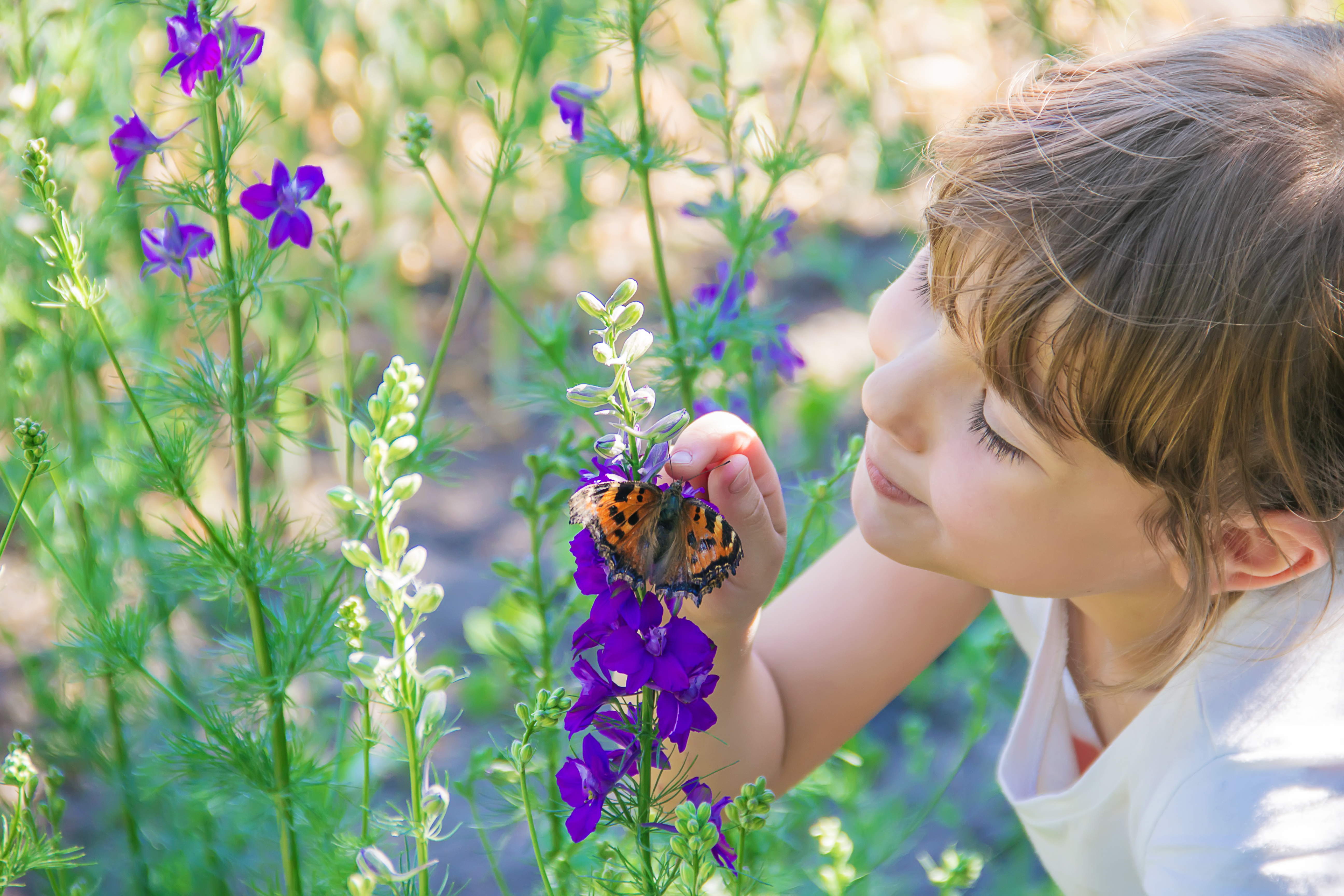
Do your bit for the butterflies and the bees, while creating a beautiful floral border to your garden. Work together to remove weeds and rake out a special place for the flower bed. Make sure the area gets around six hours of sunlight and is sheltered from the wind. Flowers bloom seasonally, so consider having a variety of seasonal flowers when you choose them. If you want to teach your child about the full butterfly lifecycle, host a few larval food plants that will attract laying butterflies. Keep a journal to record the butterflies you see and draw lots of pictures.
For those fully immersed in the city lifestyle, take a look at our blog post on how to inject urban gardening trends into your city home.
Contact us
Looking to sell your property and find your new home? We have Fine & Country offices in the UK and overseas who are here to help. Click here to start your search today.